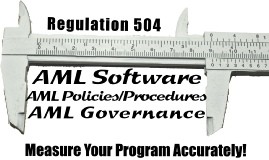Let’s put these numbers in perspective. 99% of laundered money is not caught. 90% of the resources spent catching suspicious actors are wasted. 100 % of US banks have known this for years. How did we get here? Modern technology, specifically data analytics, is well-suited to address this problem. Why hasn’t this problem been solved? […]






